Paint tricks for small rooms – 7 designers and color curators discuss the benefits of a 'powerful palette'
Being imaginative with color, a specialist finish or decorative effect is the perfect way to give to visually expand a small room. Here's how designers get it right
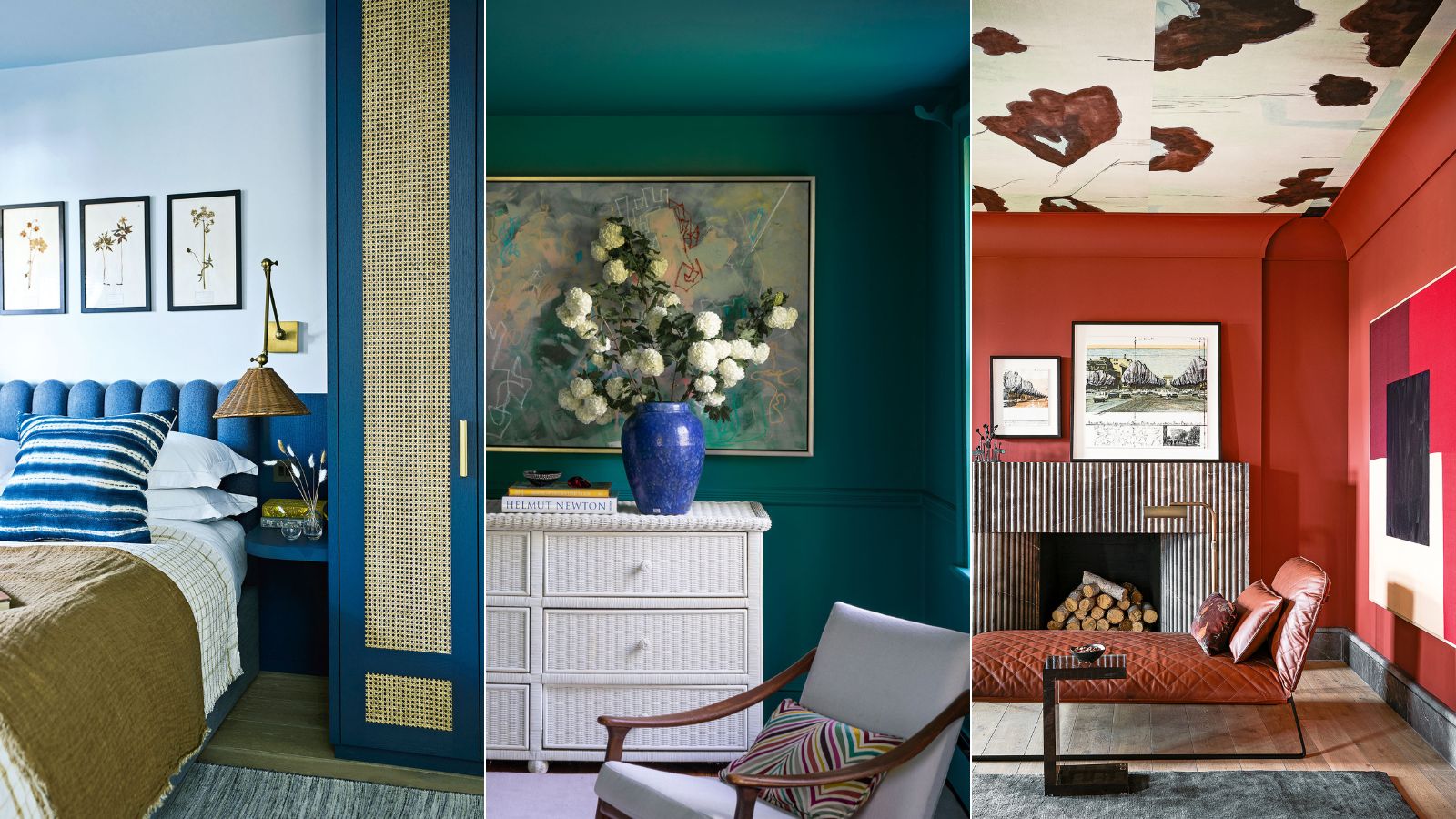

Increasing the sense of space in rooms that are small in stature is a design issue everyone wants to solve, but if a full remodel or redesign isn't on your decorating agenda, you might want to consider an inexpensive and simple color change instead.
Small room ideas may be limited in size but they can be big in style. We have curated our favorite ways to make a small room look bigger using color– with design-savvy paint tricks and paint ideas to help turn that awkward, tiny room into something handsome and functional, whatever its shape and proportions.
Paint tricks for small rooms
In a small space, color choices are key. However, it is just not just about choosing the right colors, but also about how you use those colors to visually expand your room.
So whether you're working with a small living room, small kitchen, or a small bedroom in a family home, you can make the space work best for you.
Luxury comes in all shapes and sizes – here, H&G shows you how to use paint tricks for small rooms to make modest spaces feel chic and spacious.
1. Color drench a small room
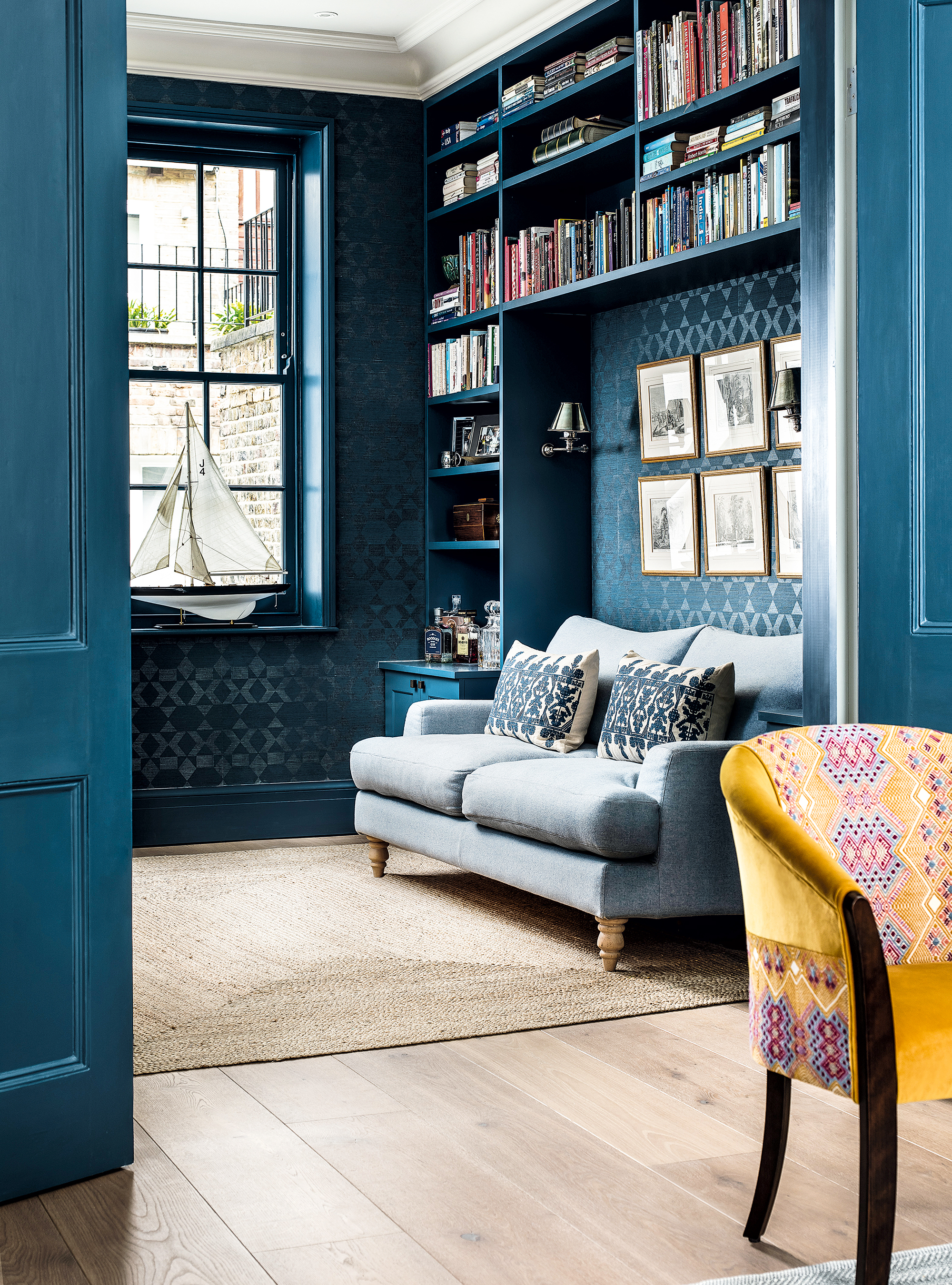
Color drenching is the process of choosing one color and painting it across multiple surfaces in one space. The result is unashamedly bold and thoroughly modern, though its appeal extends beyond its fearless aesthetic.
When a single color is used on both walls and woodwork, a room suddenly feels bigger because having no contrast means that you are less aware of the confines of the space,' says Joa Studholme, color curator, Farrow & Ball. 'The eye does not stop to register a second color and glides straight out of the window to the view, blending the backyard and small room together.’
2. Take a bold approach in a narrow space
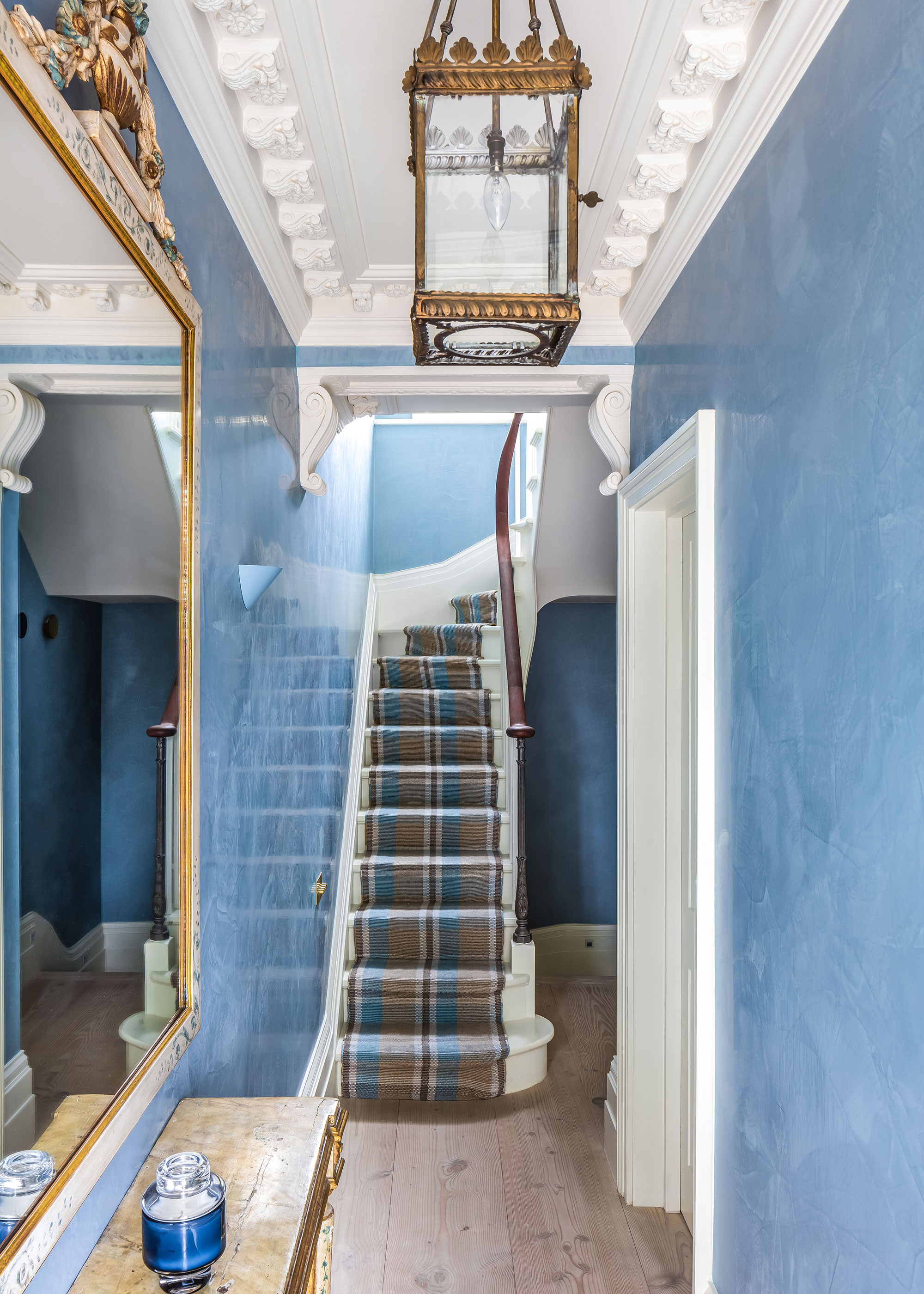
Don’t be frightened of using the color on the entire wall, ceiling, or flooring; pale blue is a wonderful choice if you wish you make a small room look bigger.
However, despite a love of a powerful color palette, Mike Fisher, creative director and founder, of Studio Indigo suggests introducing more than one space-enhancing feature.
'Small spaces can be treated in a grand way – “be bold” is my advice,' says Mike. 'Large details can open up the space, such as using double doors but making them as tall as possible. A pair of facing mirrors helps create the illusion of more space and adds a bit of glamor. Painting the space a light color will not make it feel bigger. Use strong colors to make a statement and give personality.
'Lastly, we are great fans of polished plaster in an entrance – it’s practical, tough, and has a wonderful reflective quality that makes the space shimmer.’
3. Go for color contrast
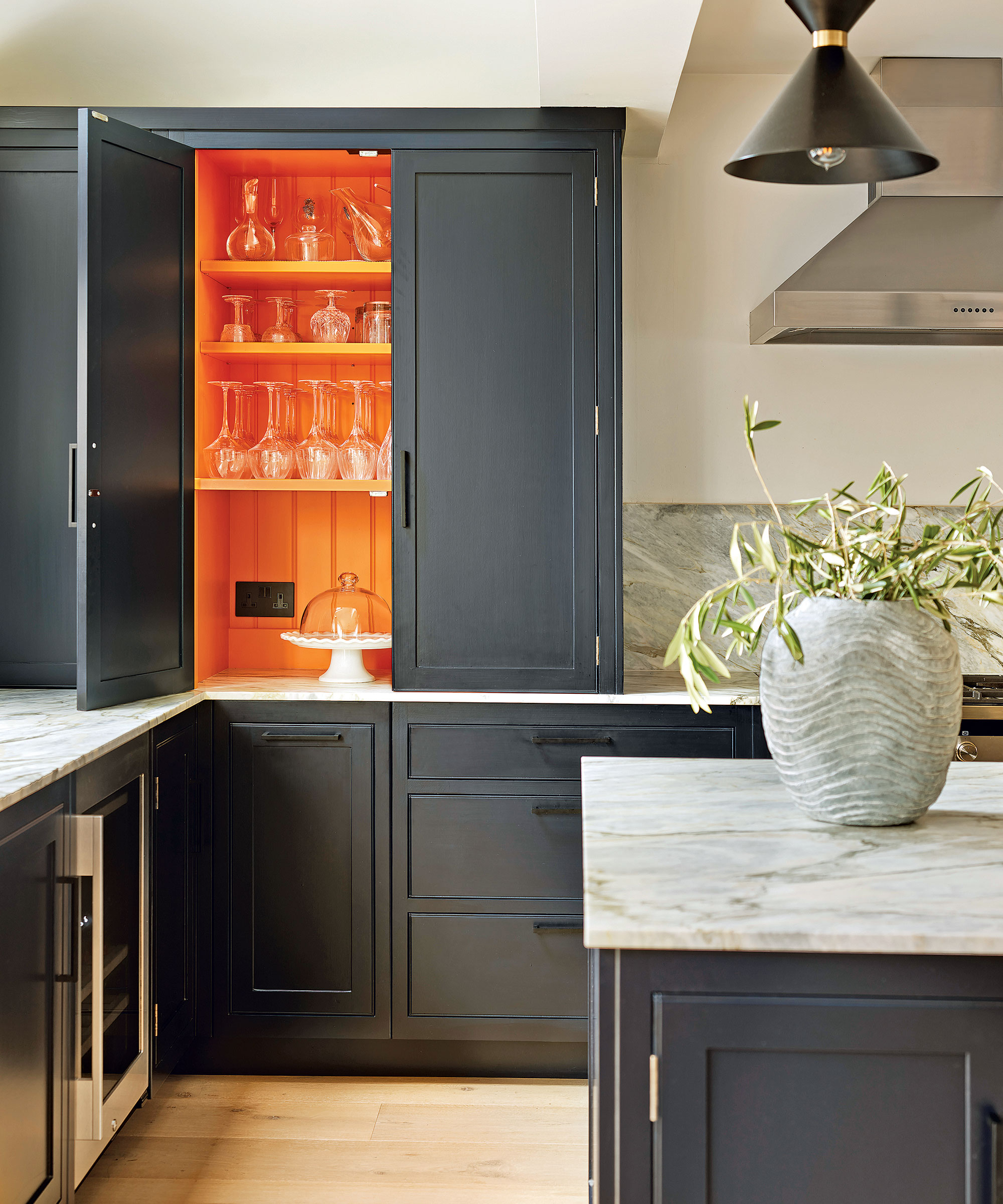
Paint tricks for small rooms aren't just about increasing the sense of space; sometimes it pays to take a flexible approach that suits your mood.
‘A tiny kitchen usually has lots of colorful elements in it,' says Edward Bulmer, interior designer and founder, of Edward Bulmer Natural Paint. 'I would go with quite neutral colors for the walls and some bright colors on the cupboards.
'Try mixing it up with contrasting colors: as long as they work tonally you cannot go wrong. You can play it safe with colors that sit alongside one another on the color wheel, or for striking impact, go for those on opposite sides i.e. greens to complement reds, blues to complement oranges, and purples to complement yellows.’
4. Paint the ceiling the same color as the wall
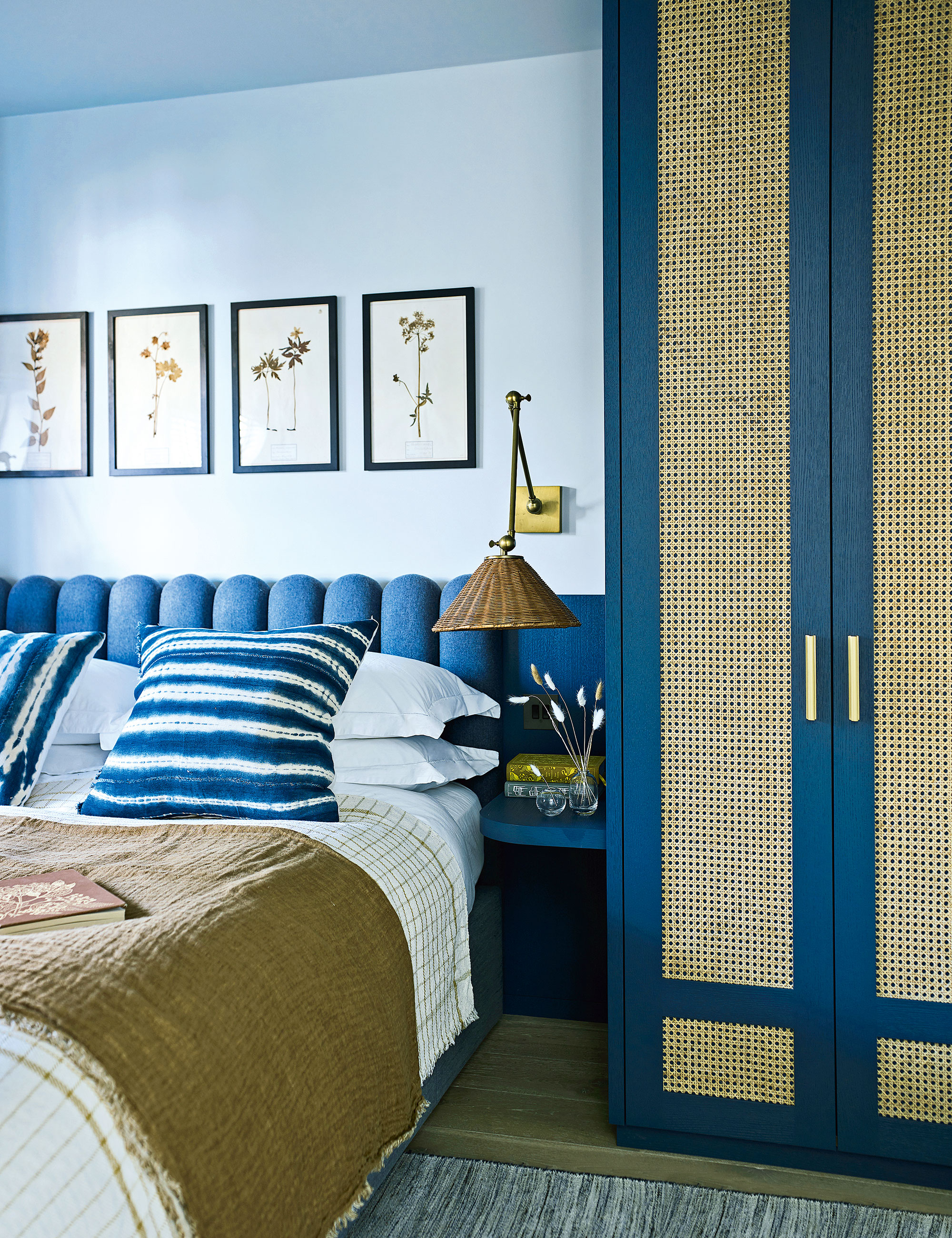
Because cool tones aren’t overpowering – in fact, decorating with blue will often make a room feel like it is receding – blue can make a bijou room appear to have more space, which can make them a great choice also for guest rooms, bathrooms, and narrow hallways.
‘For me, rule one in a tiny bedroom is to paint the ceiling the same color as the walls,' says Joa Studholme, color curator, Farrow & Ball. 'Who wants to lie in bed looking at a white ceiling? It’s much better to create a space that feels as if it’s cocooning you, and of course, this will make even the tiniest space feel bigger because you can’t tell where the walls end and the ceiling begins. Cupboards should also be painted the same color as the walls, to avoid them being too prominent.’
5. Use colors on the opposite end of the color wheel
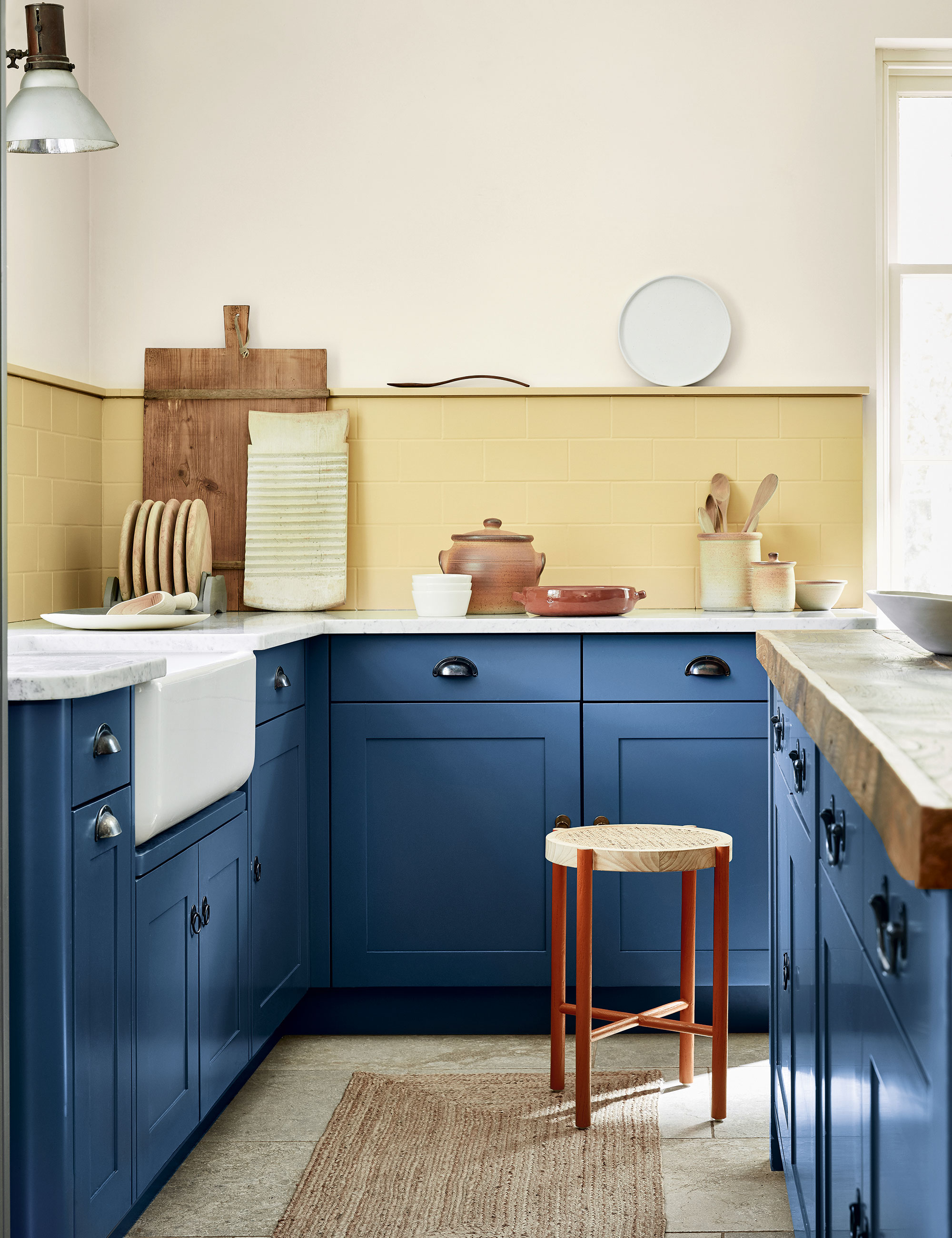
‘As well as the walls, consider your kitchen cabinets and storage: highlighting these essential elements within a kitchen is a fantastic way to deliver design impact,' says Ruth Mottershead, creative director, Little Greene. 'Are there architectural features or areas of interest to draw attention to? Color is a fantastic way to highlight a favorite feature. If you don’t want to use a bold color all over, highlight the back of your shelving in a contrasting color or opt for a dynamic two-tone kitchen color scheme by adding one color to the lower cabinets and contrasting colors for walls and upper cabinets.’
6. Go for an earth-toned color to create depth
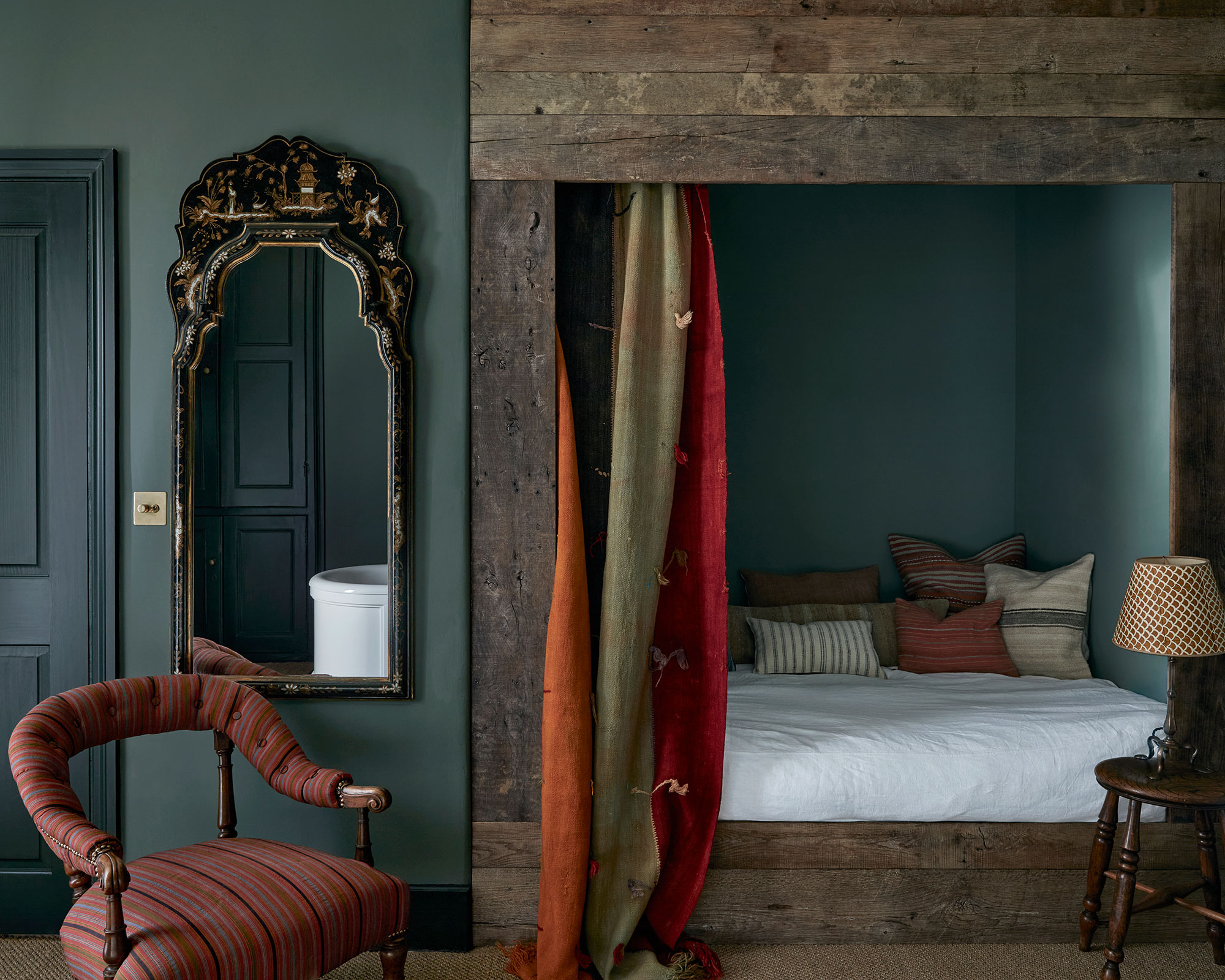
‘We would usually lean towards quieter palette combinations, but darker shades can work really well within smaller spaces,' says James Thurstan Waterworth, founder, of Thurstan. 'They create a perception of depth and lend a cozy, cocoon-like feel – welcome in every bedroom. For the walls, we suggest a deep midnight blue or a petrol green, then lift this by layering careful accents of color, perhaps a burnt orange or a similar earth-toned hue – ochre, terracotta, or a softer peach.’
7. Double up to make a room look bigger
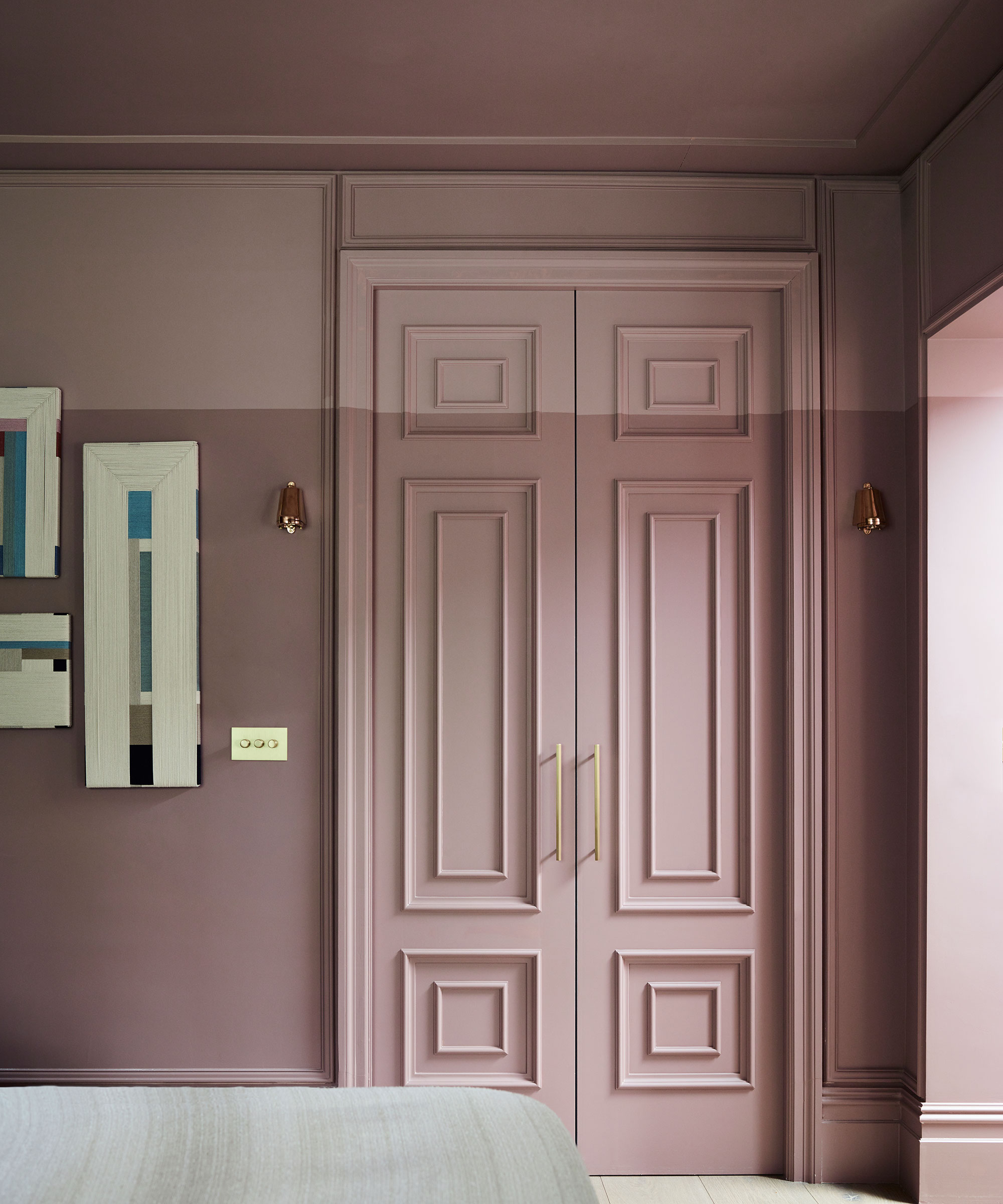
If you’re looking to experiment with bedroom paint, the choice of color is as important as the finished effect. Among Irene Gunter’s current favorites are blush shades, to create an incredibly soothing atmosphere. Irene heads her own design practice and for bedrooms, she recommends these warm, cozy colors that don’t distract or stimulate the mind.
‘In the main bedroom of this Notting Hill home, we used Paint & Paper Library’s Rouge II on the bottom part of the wall, and the same color with 50 percent white mixed in to create a lighter shade for the top. This painting technique not only adds interest but also blurs the edges of the room, making the ceiling look higher and the room look bigger.'
Sign up to the Homes & Gardens newsletter
Design expertise in your inbox – from inspiring decorating ideas and beautiful celebrity homes to practical gardening advice and shopping round-ups.

Jennifer is the Digital Editor at Homes & Gardens. Having worked in the interiors industry for several years in both the US and UK, spanning many publications, she now hones her digital prowess on the 'best interiors website' in the world. Multi-skilled, Jennifer has worked in PR and marketing and occasionally dabbles in the social media, commercial, and the e-commerce space. Over the years, she has written about every area of the home, from compiling houses designed by some of the best interior designers in the world to sourcing celebrity homes, reviewing appliances, and even writing a few news stories or two.
-
 This Michelle-Pfeiffer-approved chair is made of a forebodingly unusual material, opening the debate: Is it a rustic stunner, or a danger to sitters?
This Michelle-Pfeiffer-approved chair is made of a forebodingly unusual material, opening the debate: Is it a rustic stunner, or a danger to sitters?The actress took to Instagram with a chair made of a controversially sharp material – and fans are unsure of how they feel about it
By Sophie Edwards Published
-
 How to clean a patio – 6 different methods, and when you must use a chemical cleaning agent
How to clean a patio – 6 different methods, and when you must use a chemical cleaning agentFrom manual scrubbing, natural solutions or calling in the pros, industry experts reveal the benefits and considerations of each method
By Andy van Terheyden Published